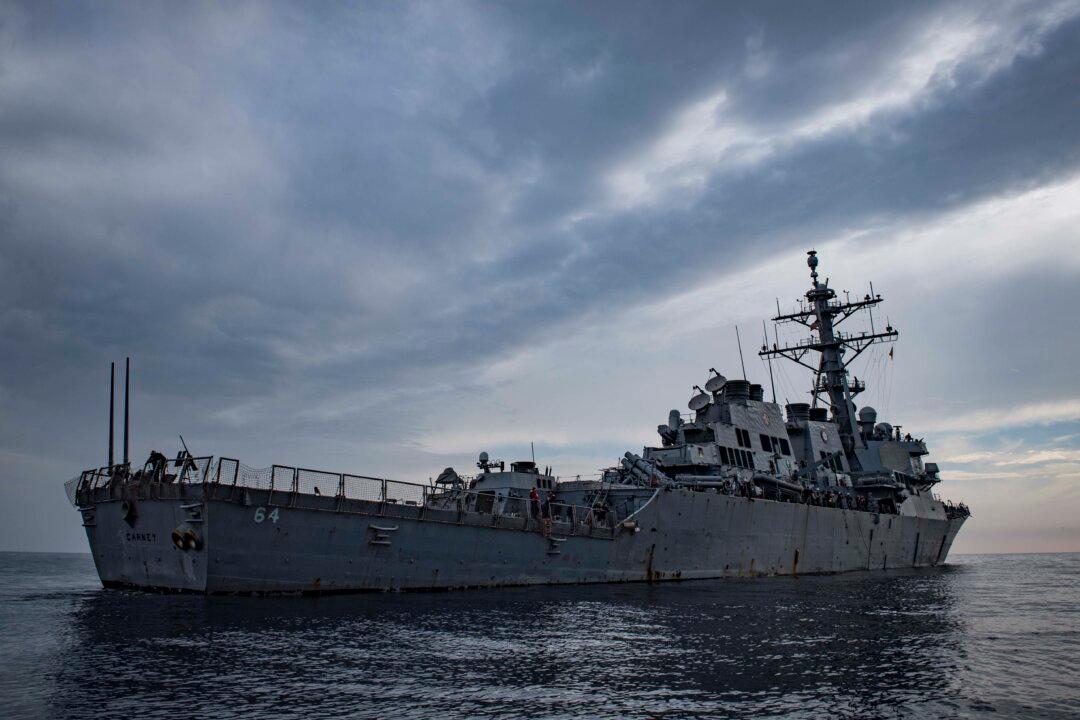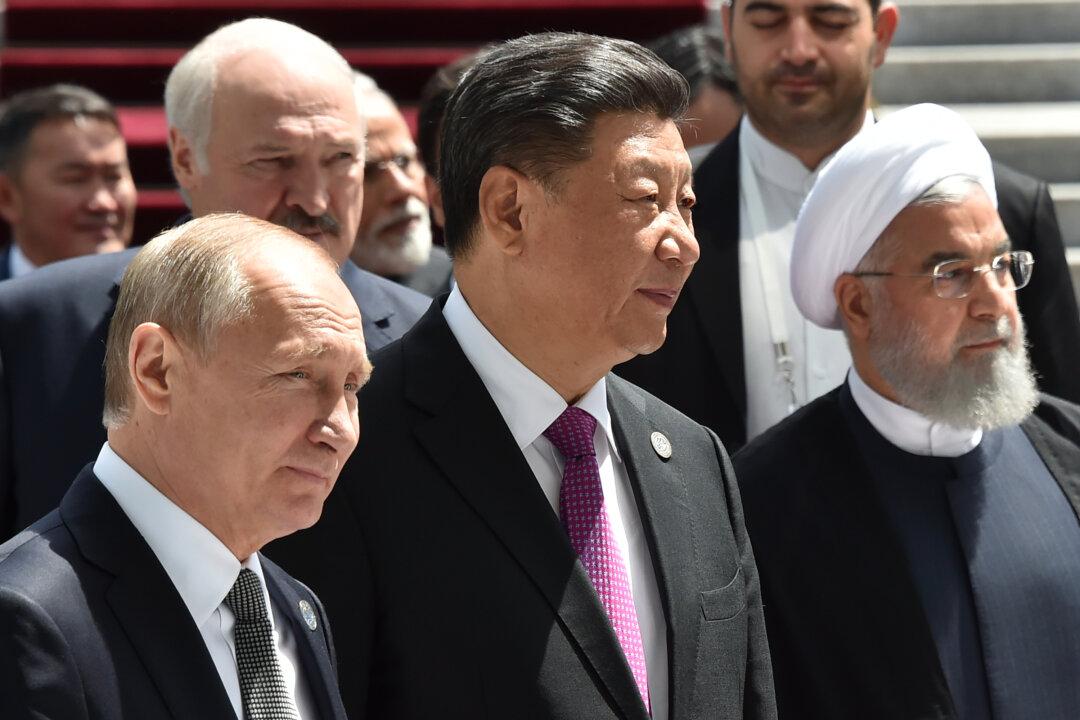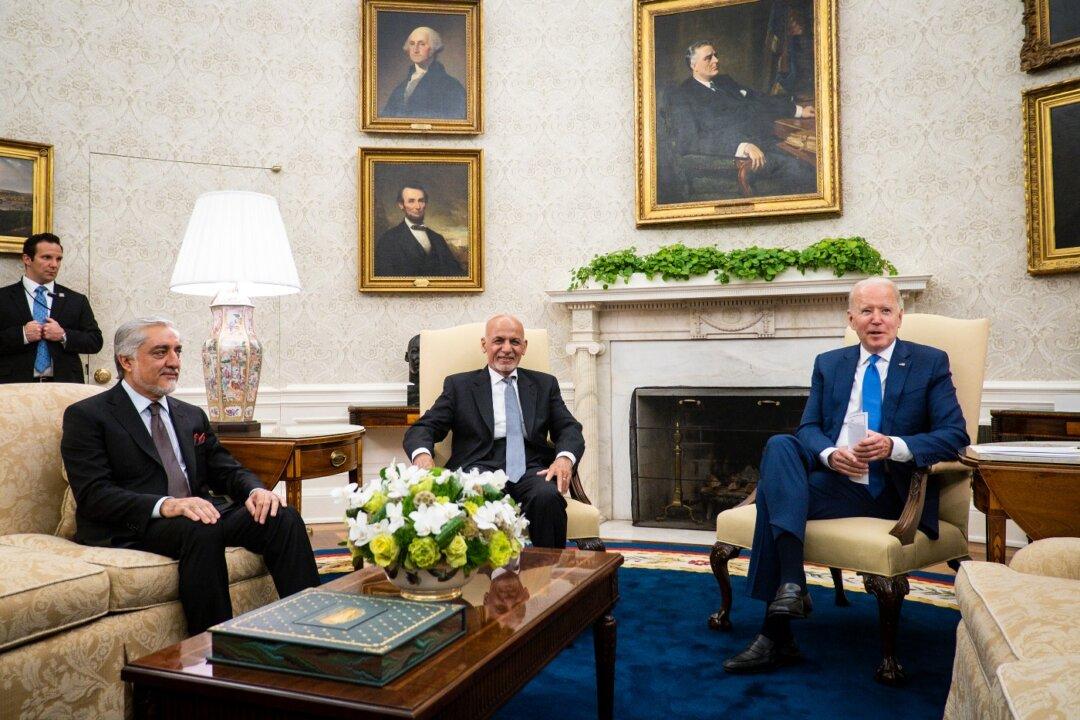Commentary
Defeat in detail, a classic military stratagem, occurs when a comparatively weaker combatant secures victory over a more powerful opponent through the piecemeal destruction of the stronger force. The weaker combatant never lets the stronger adversary bring all of its power to bear.





